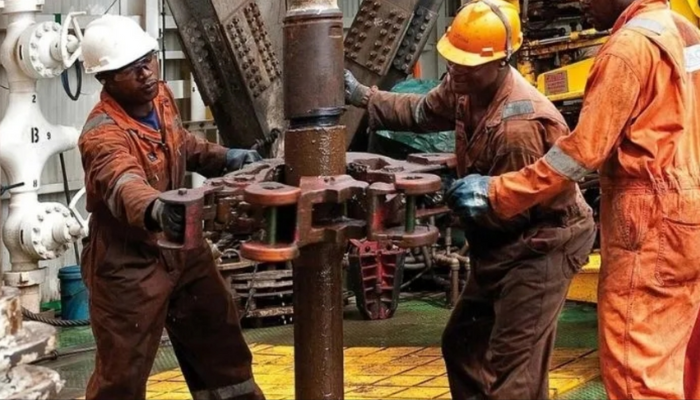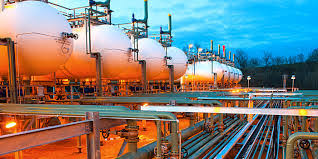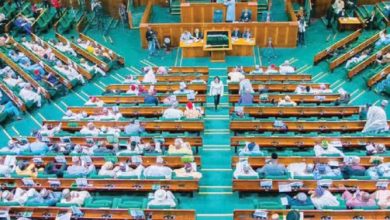
Global provider of data and analytics solutions for the energy and natural resources sectors, Wood Mackenzie, has predicted that oil and gas production from the Nigerian National Petroleum Company Limited (NNPCL) could be halved by the late 2030s due to a portfolio of sub-commercial assets operated by the firm.
Wood Mackenzie’s analysis was based on the deployment of its new upstream benchmarking tool, which provides ‘customisable views’ of key operational and financial metrics.
The review was against the backdrop of the recent ambitious targets set for the NNPC board by President Bola Tinubu to achieve by 2030, including attracting $60 billion investment to the sector, raising oil output to 3 million barrels daily, gas to 10 BCF per day, and 500,000 barrels per day of NNPC refining capacity.
“What’s unique to NNPC is (that) unlike a lot of the other National Oil Companies (NOCs) within our corporate universe and around the world, most of its production and its assets are non-operated,” Wood Mackenzie said.
“So it’s got big ambitions to grow its business, to grow the Nigerian upstream sector, but a lot of that will be reliant on a lot of other IOCs around the world, indigenous producers, where assets will have to compete for capital within a wider portfolio.
“As we look at production in a little bit more detail, we can see that it is growing production in the short term.
”That’s set to peak in 2026. But clearly, there are challenges in the longer term.
”As we move further out towards the late 2030s, production could be half of what it is today,” the global research and consultancy firm stated.
“So there is a lack of longevity in the portfolio. It needs more projects in the pipeline. And if we look at the reserve base, what you see is that NNPC has a huge amount of resources within its portfolio, but most of those resources are still sub-commercial.”
As of last November, NNPCL announced that it achieved production of 1.8 million barrels of crude oil per day.
Data sourced from the Organisation of the Petroleum Exporting Countries Monthly Oil Market Report for May showed that NNPCL has maintained a production of 1.4 million barrels per day since the fourth quarter of last year till April 2025.
However, last month, a subsidiary of the Nigerian National Petroleum Company Limited (NNPC), NNPC Exploration and Production Limited (NEPL), said it planned a daily production increase from its current production level of 370,000 barrels per day to 550,000 barrels per day by 2027.
To achieve this feat, Managing Director of NNPC Exploration and Production Limited (NEPL), Nicolas Foucart, disclosed that the company may need, on average, about $4 billion on an annual basis for the next five years.
Upon assumption of office, the new group chief executive officer of the state oil company, Bashir Ojulari, pledged to attract sectoral investments worth $30 billion and $60 billion by 2027 and 2030, respectively.
Ojulari said the company would raise crude oil production to over two million barrels daily, sustained through 2027 and attain three million by 2030.
Wood Mackenzie noted that whatever NNPCL does would likely be hobbled by challenges in terms of commercialising gas, infrastructure constraints, and inability to monetise its resources.
“NNPC is naturally going to be very domestically focused, at least in the short to medium term. So it has that kind of longevity challenge.”
The global research and consultancy firm also pointed out that NNPCL has higher operating costs compared to its peers.
“And we know of some of the above-ground risks in Nigeria, loss of barrels, local content legislation, all of that adds to a higher cost base.”
Wood Mackenzie emphasised that financing onshore production would be key for indigenous companies operating joint ventures, including Oando, Renaissance, and Seplat.
“For NNPC, it holds up to 60 per cent in these joint ventures, and they will need to find alternative financing options because the indigenous companies will unlikely continue the ‘carry arrangements’ NNPC enjoyed when the majors operated the Joint Ventures (JVs),” he stared.
The panel agreed that Nigeria has significant gas resources spread around the Niger Delta, but developing them has remained a challenge.
But developing gas in Nigeria has always been a challenge. And we consider less than 20 per year of the overall remaining volumes as commercial.



